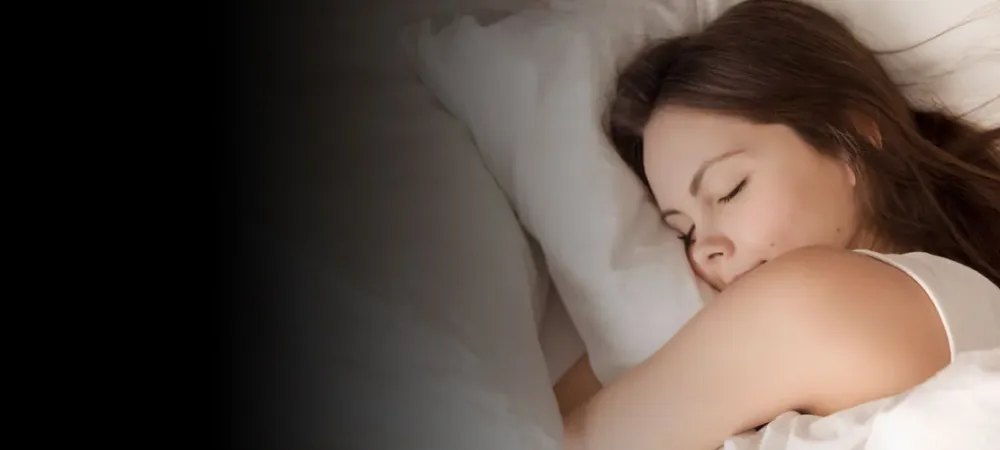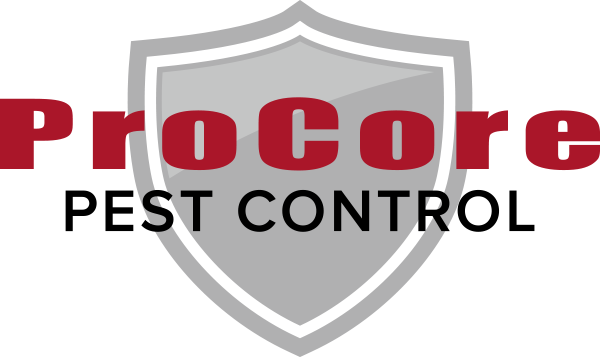How to Avoid Bed Bugs in South Carolina

Hearing about a bed bug infestation in a public place like a hotel, movie theater, or airplane is enough to make your skin crawl or at least make you feel itchy. What do you do if you suspect bed bugs in your home or business? There are ways to quickly identify them and trusted ways to eliminate an infestation.
What Are Bed Bugs?
Bed bugs feed on human hosts while we are usually in bed, but can be found in many locations: seats in movie theaters, airports, hotel luggage. These pests are excellent hitchhikers that move from one place to another on an unknowing human’s clothing or even furniture, making bed bugs tough to control.
How to Control Bed Bugs
The first step is identifying a bed bug and its signs. Nymphs are young bed bugs that range from 1.3 mm to 4-5 mm in length. When they mature, the bugs appear oval-shaped, grow to about 3/16th of an inch in length, six legs, two antennae, and are wingless. Before they feed, bed bugs are flat and brown. After feasting on their host’s blood, the color deepens into a reddish appearance.
If you notice bites on your arms and legs, small welts, rashes, or a pattern of tiny insect bites, look around your property for discarded exoskeletons (bug shells), empty bug eggshells, pale larvae, and flat tiny bugs. Also, check your bedsheets and sleepwear for minuscule droplets of blood from their bites.
Bed Bug Prevention
If you are visiting a hotel, check the bed or couch for bed bugs. Look within the seams between your mattress, box spring, cushioned furniture, and sheets in your room. Look for tiny, flat brown bugs, eggs, castoff shells, or droppings that look pin-sized.
Take the extra step when you return home from your trip and wash all your clothes in hot water, including clothes you haven’t worn. Remember, they were stored next to possibly infected outfits. Lastly, vacuum out your suitcase. Don’t skip a step because bed bugs can quickly spread throughout your property. A female bed bug can lay up to 541 eggs in its lifetime.
Heat and Chemical Bed Bug Treatments
In the past, pest control battled bed bug infestations with a chemical called DDT. It did the job, but it also harmed the environment and had potential human risks. Therefore, in the 1970s, DDT was banned worldwide.
While a chemical strong enough to kill bed bugs was no longer in use, there are other ways to get rid of them from your property. The tool that is strong enough to kill bed bugs happened to be high heat!
Heat happened to be the critical tool that kills bed bugs without harming humans, animals, and the environment. Heating the infested space to at least 120°F killed the bugs, but also the eggs.
ProCore Pest Control uses a safe, electric Temp-Air Remediation for heat treatments in your home and business. A quality bed bug control company follows up to ensure the bedbugs are gone and stay gone.
This heat treatment destroys bed bugs after one application. Homeowners no longer need to worry about preparing their homes.
For properties that the pest control operator sees that heat treatment isn’t a viable option, there’s the traditional chemical treatment. Either choice, a licensed pest control operator, knows how to clear bed bugs from your home or business while using environmentally safe processes.
ProCore Pest Control’s methods are entirely safe for you, your family, your guests, and your pets. Call or text us at 877-323-2964 for information or check out our Greenville bed bug control page.
